Main Menu

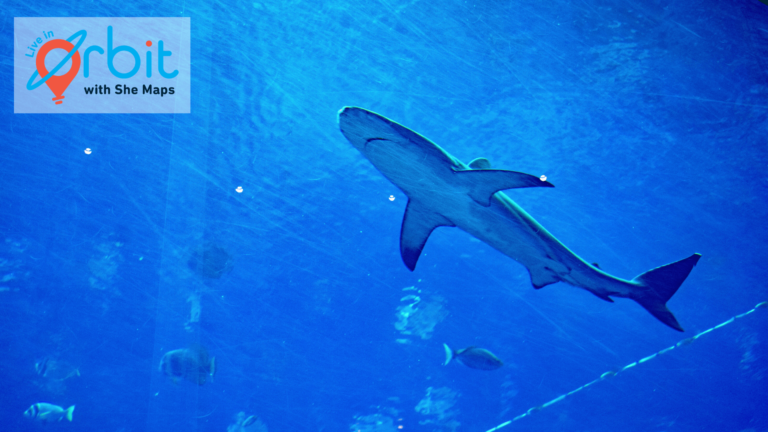
Our daily online STEM show, Live in Orbit, has been running for over four weeks! We’ve had Orbiters from over 31 different countries tuning in each weekday to a different STEM expert every day.
We’ve had parents tell us that their kids have been explaining DNA in different fruits and vegetables to them over dinner, that they’re proactively adding the homework to their ‘To Do’ list, and they’re excited and engaged.
Just last week, we learned how planes fly, how dogs find missing humans, and the recipe for success on a 2000 km kayak trip. Read on for a quick roundup!
If you think your child would like to be an Orbiter, simply register to access all of the replays and watch live from four different time zones.
Australian Army veteran, Kirk Foster taught us how dogs find missing people. It’s officially a scientific fact that dogs are better than humans.
Humans have about 6,000,000 smell receptors in their noses. Dogs have about 300,000,000. When a dog breathes in through their nose, the air passes over little hairs called cilia. The information is sent to the olfactory bulb in the brain (which is much bigger in dogs than humans). That tells the dog what the smell is.
Humans lose a lot of skin cells wherever they go. About 200,000,000 skin cells every single hour. Dogs can smell these skin cells when they fall on the ground. Bacteria starts to interact and eat the skin cells, which creates a gas that the dog smells, sometimes from many kilometres away.
If you’re interested in a classroom lesson that teaches science, has a dog, and means we finally know what’s going on at a CSI crime scene, take a look at our Live in Orbit lessons.
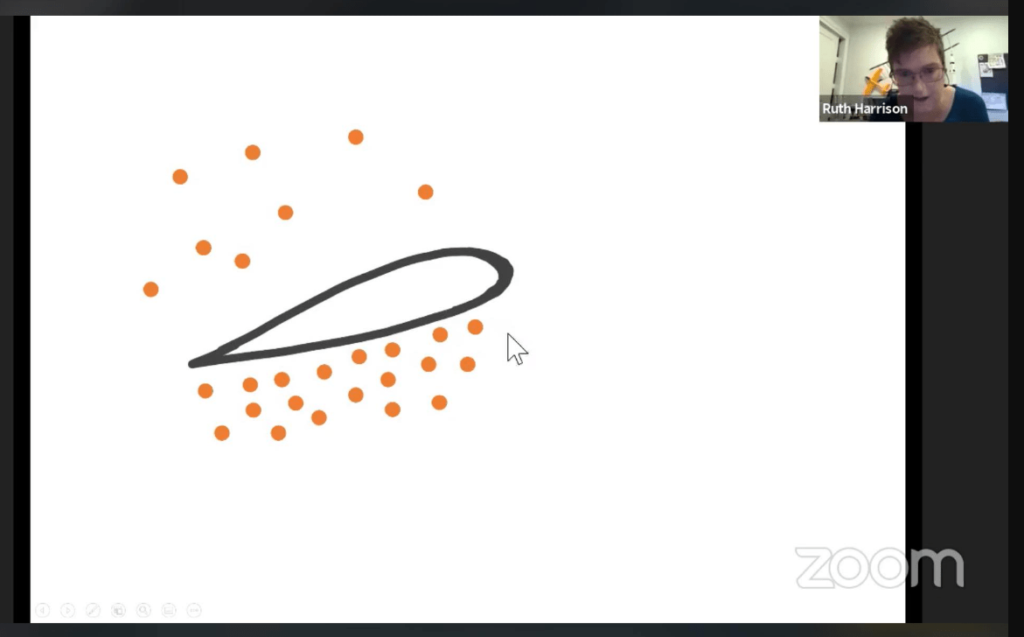
How planes fly is a source of constant bafflement and wonder for a lot of people.
The thrust of the argument is that we need lift. The wing of a plane is an aerodynamic piece of engineering that enables air molecules to lift it up.
The air molecules hit the wing. Those going over the top travel faster than those going underneath. The air molecules collect underneath the wing and they separate on top of the wing.
The high pressure of molecules underneath the wing pushes the wing up. And that’s how we get lift.
To learn about rockets and birds, and to try out the principles of aerodynamics at home with paper, head to Live in Orbit and watch the replay.
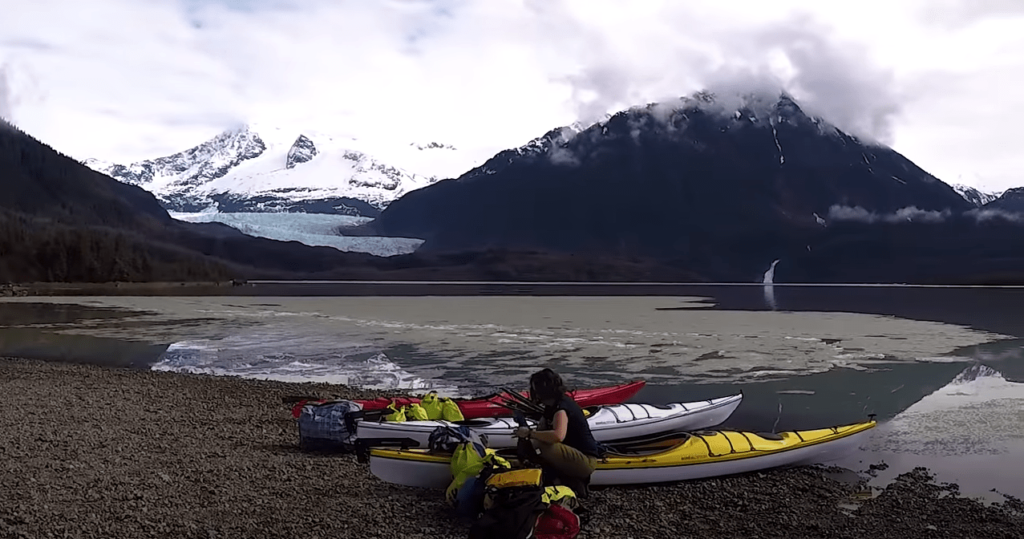
Do you know how long it takes to travel from Alaska to Vancouver Island in a kayak?
3 months.
Do you know how long it takes using no single-use plastic?
Ok, trick question, it’s still 3 months but it’s a very long time to be in a kayak and a very long journey to not use any single-use packaging to store things.
That’s exactly what Mathilde Gordon and Lucy Graham did when they took on the challenge highlighting the huge amount of plastic in our oceans, a lot of which comes from food packaging.
The recipe for success should you ever find yourself taking a 2000 km kayak trip:
1. Cook the food
2. Dehydrate the food
3. Wrap it three times in paper
4. Put it in your dry bag
5. Kayak for three months
This will last about 5 months and the paper can be used to light fires (and soak up water from a boot if need be).
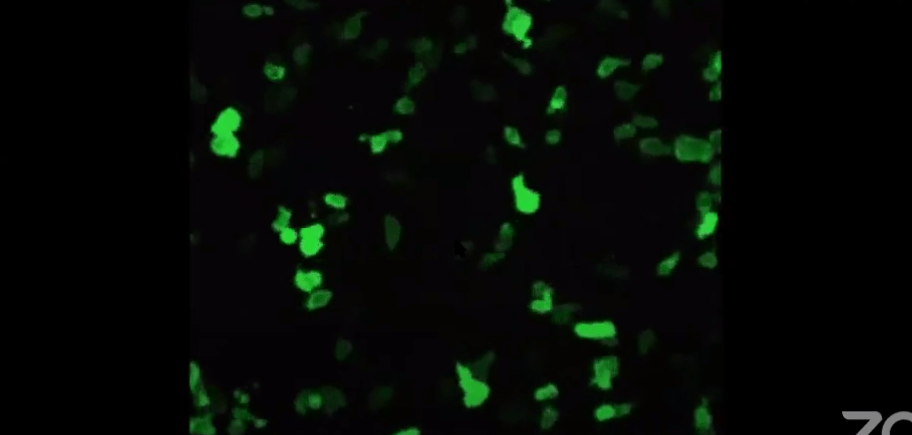
There’s a few processes that go into immunity but let’s get straight to the juicy stuff – cell killing. Our cell’s cytoskeleton might look like a very mesmerising screensaver (above) but this dynamism is how they work incredibly hard at finding things that are unhealthy.
They deliver a ‘poison packet’ that kills the infected cells and helps your body overcome infection.
Humoral immunity, on the other hand, is a fancy way of saying antibodies – Y-shaped proteins that help our body destroy antigens. Vaccinations are a great way to get your body making these antibodies.
Cellular immunity is a fancy way of saying cells that eat bacteria. The immune cells consume the bacteria and digestive enzymes shred it into harmless particles.
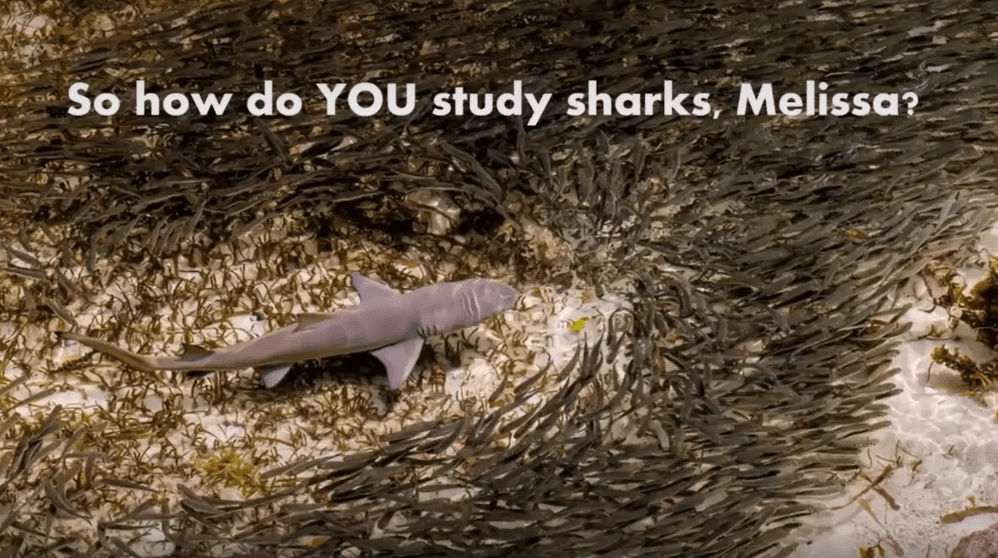
The best way to study the habitat that sharks live in is…by shark.
Drones and underwater electronic devices join forces to give scientists a comprehensive view of shark habitats.
Scientists can place underwater electronic devices on the shark’s dorsal fin that tell them every time the shark pops out of the water and information about where the shark has been, how deep it has gone, how cold or warm the water is, and a lot more.
Drone footage from above also tells scientists like Melissa what species the shark is, what direction they are heading in (towards reef, sand etc), and when they go there. It also gives them some amazing work photos like the one above.
From all of this information, Melissa can analyse and put together a much deeper picture of shark behaviour in their habitat and figure out what they’re doing there.
Daily online STEM show – free or pay what you can.
She Maps is Australia’s leading expert in drone and geospatial education.
She Maps assist schools with the purchasing of drones, school-industry created drone and geospatial teaching resources and highly supportive teacher professional development.
Ready to buy drones for your school? We are an authorised DJI reseller in Australia

Subscribe by email and never miss a blog post or announcement.

She Maps aims to bring much needed diversity and support to STEM. We do this by providing drone and geospatial programs to teachers and schools across the globe.
At She Maps we acknowledge the Traditional Custodians of Country throughout Australia and their connections to land, sea, and community. We pay our respect to their Elders past and present and extend that respect to all Aboriginal and Torres Strait Islander peoples today.
Aboriginal and Torres Strait Islander peoples are advised that this site may contain names, voices, or images of people who have passed away.
Learn the 6 Steps to Launching a Successful Drone and Geospatial Program at your School
Take our resources for a spin and join the thousands of teachers who love our ready-to-teach classroom materials. Try one of our complete units of work for free.

